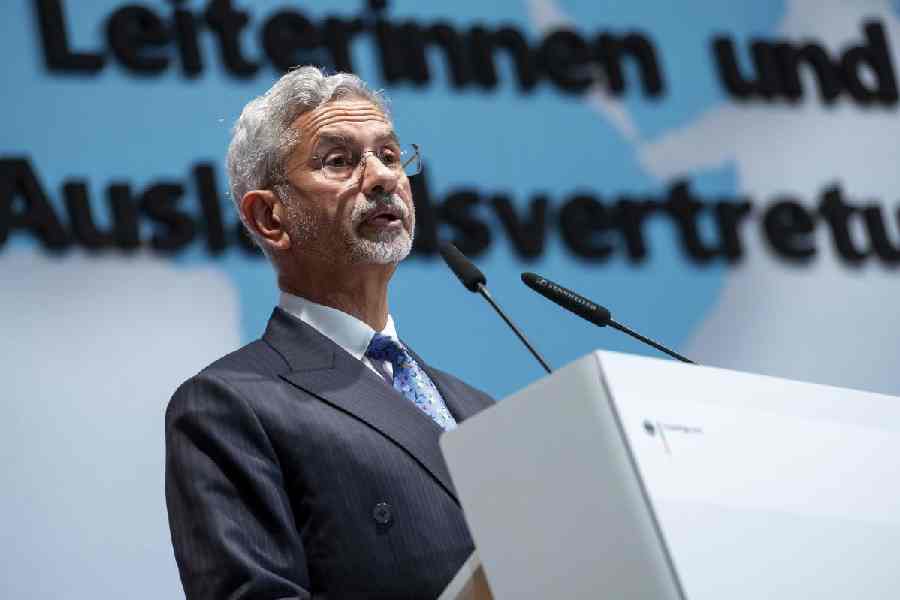Speaking at Geneva last week, the external affairs minister, S. Jaishankar, said that Indian and Chinese forces had resolved around 75% of what he described as their disengagement-related problems, more than four years after deadly clashes led to a dramatic escalation in tensions along the contested border between the neighbours. A day later, a Chinese foreign ministry spokesperson stated that the two armies had disengaged at four spots along the border in recent years. The comments suggest progress in efforts to cool temperatures along the disputed line of actual control between India and China following intense diplomacy between the Asian giants in recent weeks. In July, Mr Jaishankar had met the Chinese foreign minister, Wang Yi, twice — first in Astana, Kazakhstan, and then in Vientiane, Laos. Border negotiators had met at the end of July. And on the same day that Mr Jaishankar made his comments, the National Security Adviser, Ajit Doval, met Mr Wang in St Petersburg, Russia. Yet, as Mr Jaishankar conceded while speaking in Geneva, much still needs to be done to bring peace back to a border that had not seen a single death for decades before the 2020 clashes. Greater transparency would be a good place to start.
Multiple reports over the past four years have suggested that China has, in this period, grabbed significant chunks of territory in Ladakh that India had long held. Prime Minister Narendra Modi had, however, said that not an inch of land had been lost to China, a position multiple senior government ministers have doubled down on, including in recent weeks. At the same time, Indian officials have spoken during this time of New Delhi and Beijing needing to return to the “status quo” that existed previously, raising questions about what they meant if the territorial control maintained by the two sides had indeed not changed. Now, the talk of disengagement, as opposed to a return to the status quo, adds further confusion over India’s goals in border negotiations with China. Without more clarity from the government on the situation on the ground, it would be difficult to determine whether the disengagement of forces that India and China have spoken of could meaningfully improve relations. The disengagement still needed in the remaining areas of the standoff could yet prove to be a challenge. Still, any move towards the normalisation of ties between India and China is welcome. If they engage constructively, both neighbours gain, as does their larger neighbourhood.










